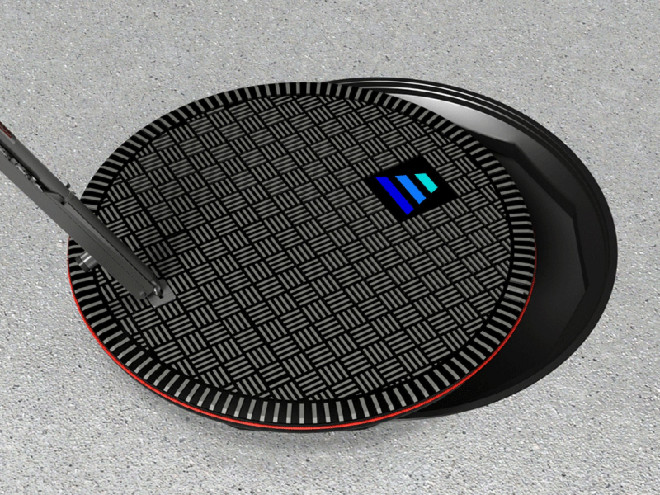Wireless EV Charging Stations Coming To New York City: Electronic Manholes To Be Installed In 2014

In early 2014, some streets in New York City will be equipped with stations able to wirelessly charge electric vehicles. But never fear residents still upset about Citi Bikes, the stations won’t besmirch your beloved city streets.
Hevo Power has designed stations what will blend into the surroundings by employing electric manhole covers that wirelessly charge EVs.
“There are no cords, no hazards,” Jeremy McCool, the founder and CEO of Hevo Power, explained to WIRED. “Everything can be underneath the manhole cover.”
Hevo Power will start installing the stations around Washington Square Park to charge Smart ForTwo EVs used by New York University.
The stations are made of a power station that can be either embedded in the pavement or bolted to the street, a vehicle receiver that’s connected to the battery, and a smartphone app that tells drivers when their vehicle is lined up correctly with the station. The manhole chargers can transmit up to 10 kilowatts of energy to the EV.
The manhole chargers use a resonance charging system, designed to reduce energy losses and transfer energy faster and at a farther distance.
The stations are primarily designed with inner-city delivery vehicles in mind. Hevo is working with NYU, E-Ride and companies like PepsiCo, Walgreens and City Harvest to create a fleet of electric delivery vehicles.
Similar technology was introduced to the city of Gumi, South Korea, in August. Two cables buried in the road use electromagnetic fields to wirelessly charge two electric city buses.
© Copyright IBTimes 2025. All rights reserved.






















